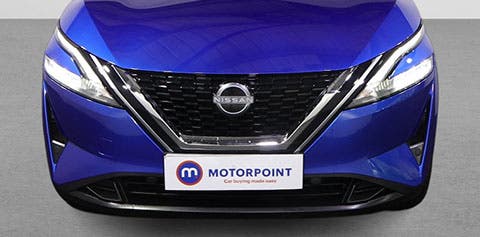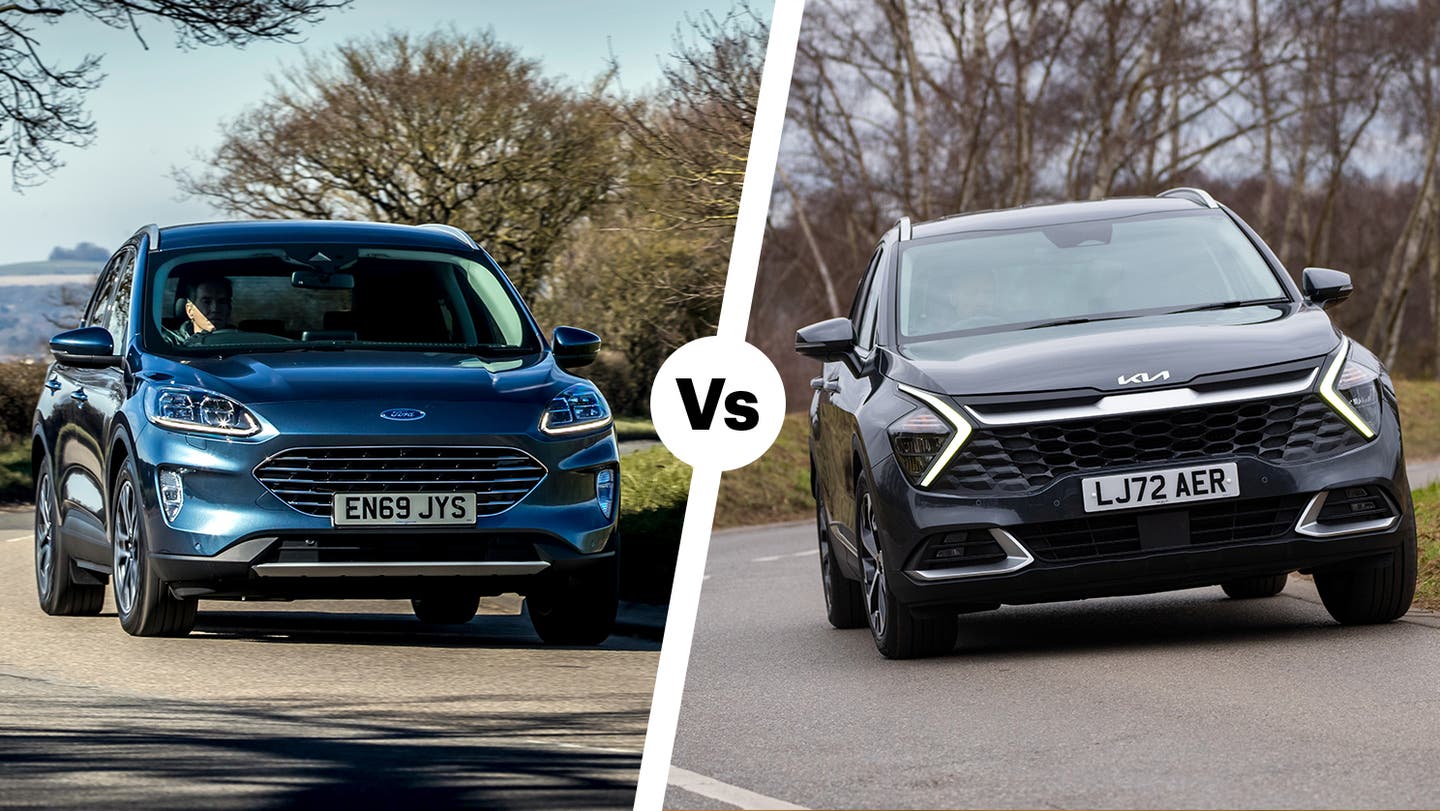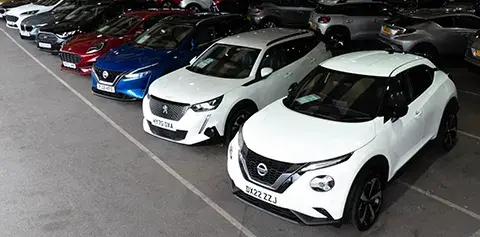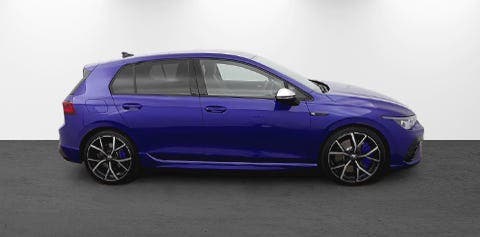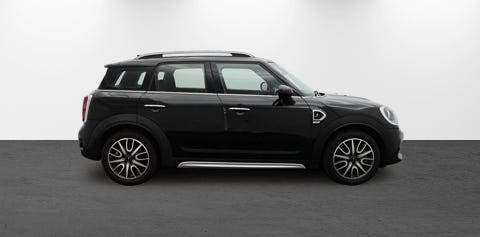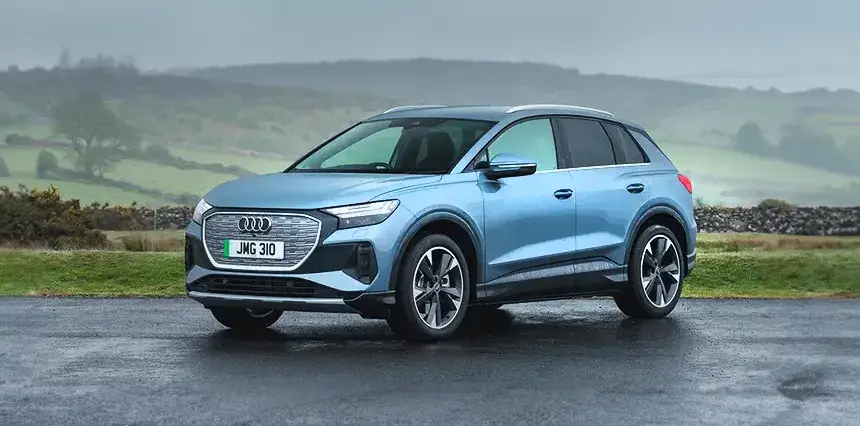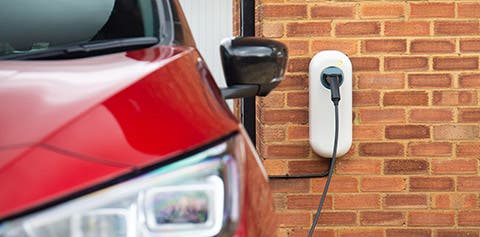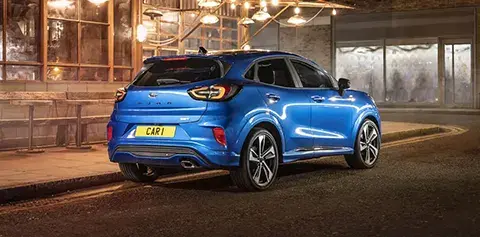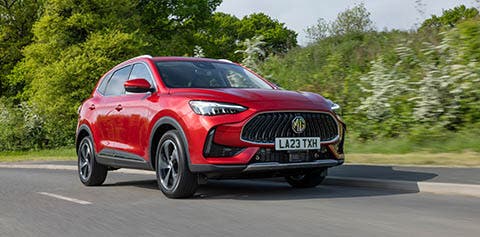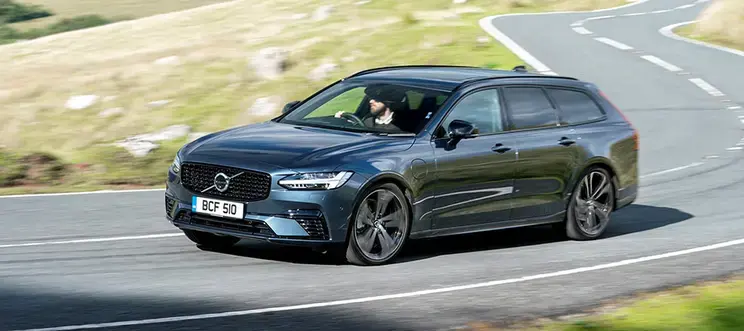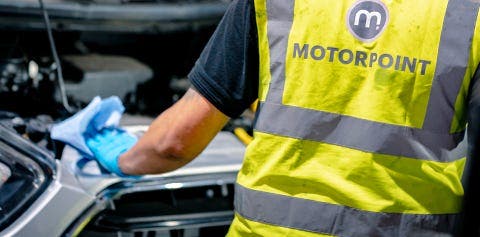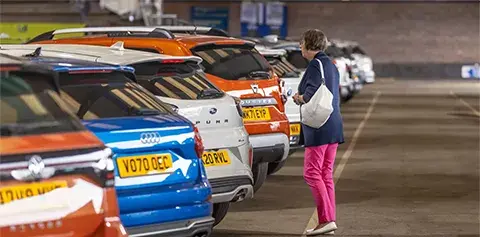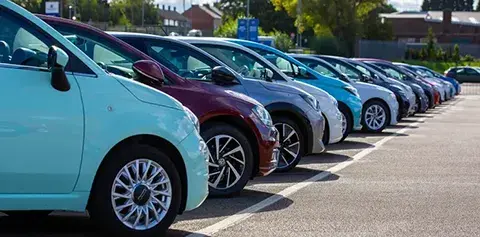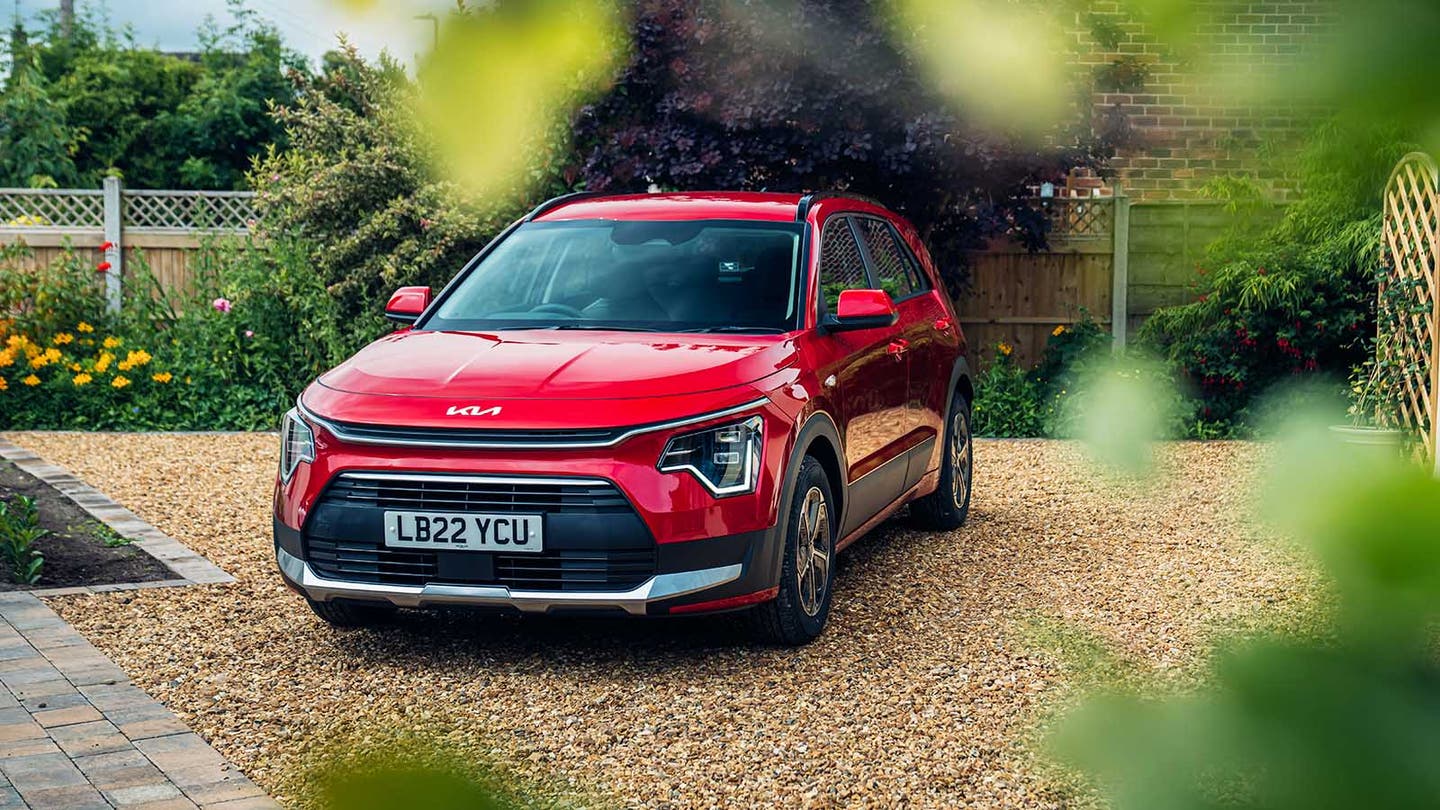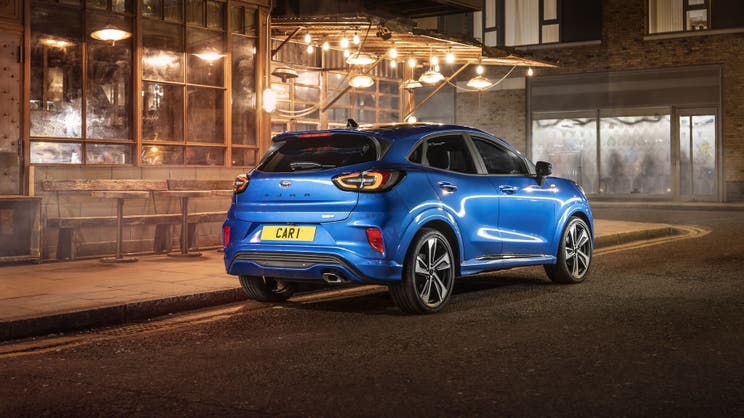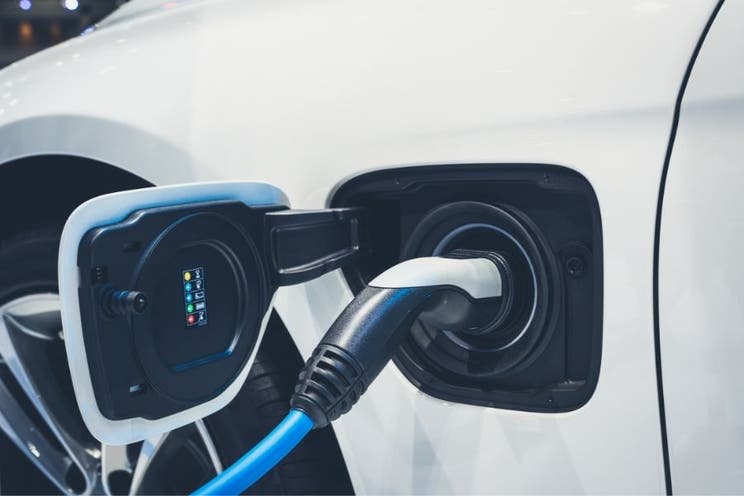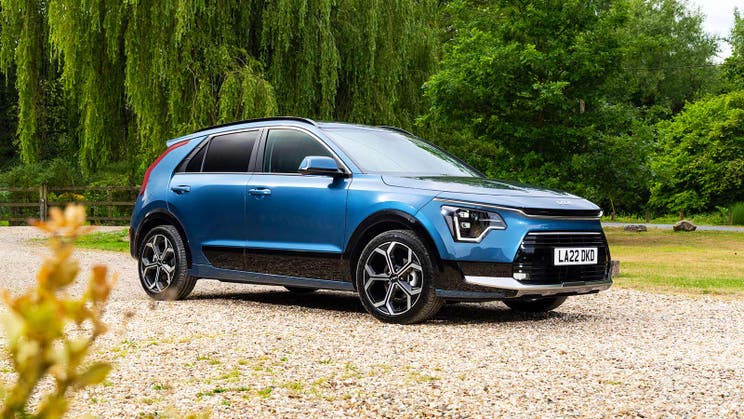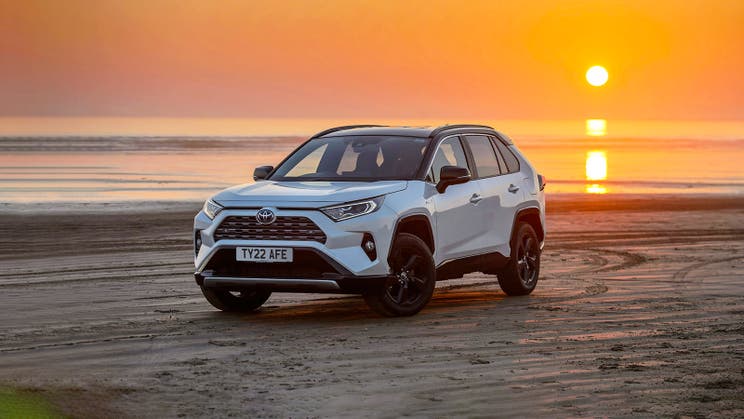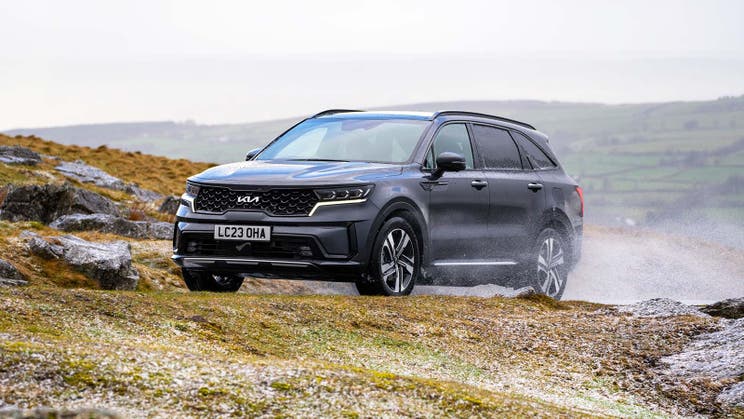Hybrid cars use both an engine and an electric motor to drive their wheels.
You might think that sounds like extra complexity – and that's technically true – but this combination has a few unique advantages that can seriously slim down your running costs.
The word 'hybrid' is actually an umbrella term for a few different technologies. We'll cover each in this guide but, for more detail, read our separate explainers on plug-in hybrids and mild hybrids.
What is a hybrid car?
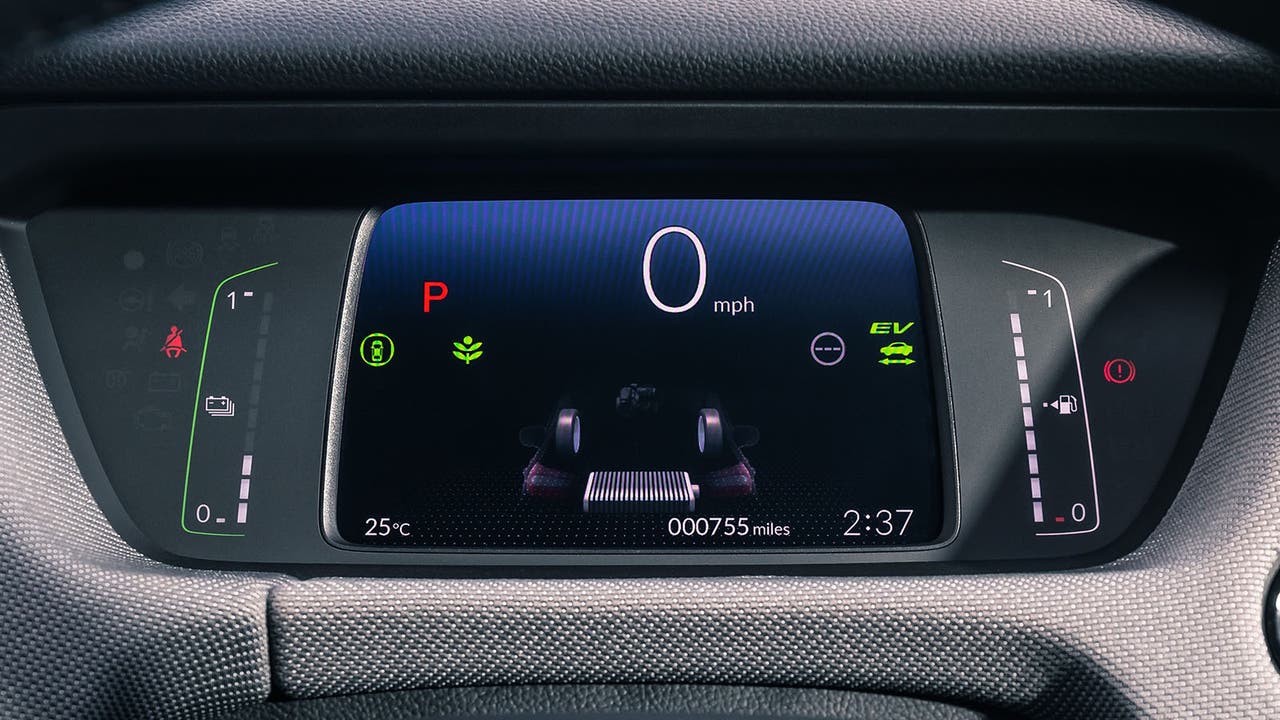
A hybrid car uses an engine powered by fuel alongside a motor powered by electricity to drive the wheels. At lower speeds, the electric motor does a larger share of the work moving the car, with the engine playing a bigger role at higher speeds.
This plays to the strengths of both power sources – electric motors are more efficient in stop-start traffic, while engines are happiest at a steady cruise. It also masks some of their drawbacks – motors tend to drain batteries quickly at higher speeds, while engines are very inefficient when crawling through traffic.
The hybrid battery pack is recharged either by the car's kinetic energy when slowing down – known as regenerative braking – or by the engine directly. Plug-in hybrids, however, have bigger battery packs that can also be externally recharged from a socket like a fully electric car.
How do hybrid cars work?
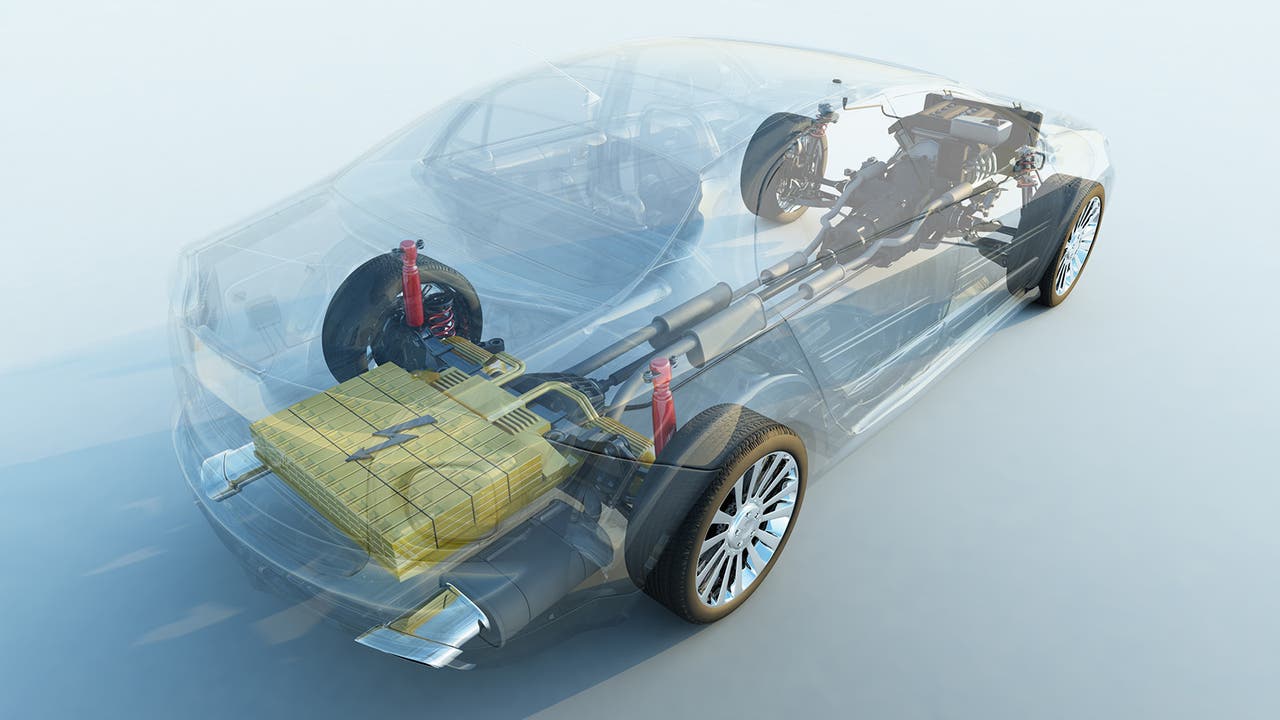
There are several different types of hybrid, but all models begin as a regular fuel-powered car with an engine. The hybrid system adds a battery pack – often under the boot floor or rear seats – and at least one electric motor. These motors can be connected to the car's engine or gearbox, or even attached directly to the car's other axle in place of a mechanical four-wheel-drive system.
From there, the driving experience is mostly the same as a typical automatic car. You click the shifter into 'D', release the brake and the car will set off like normal, speeding up if you press the accelerator. Mild-hybrid cars are the exception here because you'll still find several models with a traditional manual gearbox.
Hybrid cars often have buttons on the dashboard that let you select 'EV mode', which prioritises using the electric motor only, or a battery save function, which tells the car to avoid using electric power so you can hold it for later use. In general, however, the easiest way to use a hybrid is simply to leave everything in 'auto' and let the on-board systems figure out when to use the battery and when to use the engine.
Different types of hybrid cars
There are three main types of hybrids:
Full hybrids
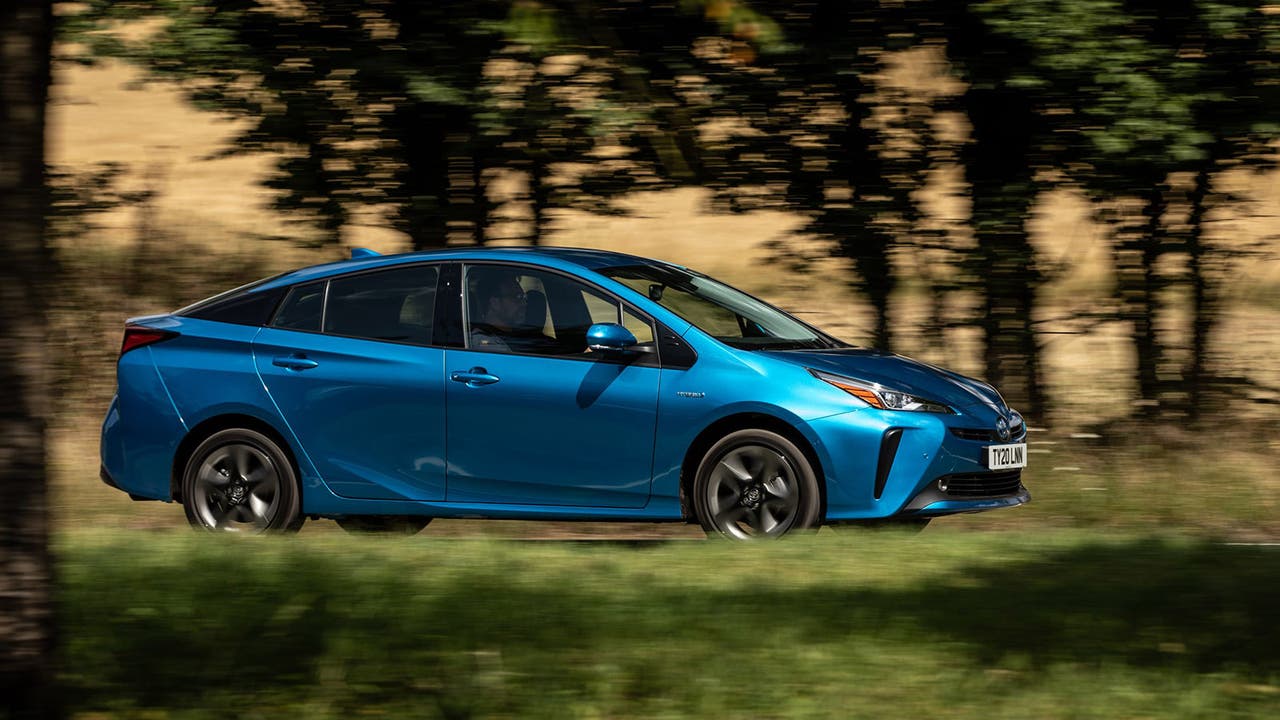
- Also called 'HEVs', 'hybrids' or 'self-charging hybrids'
- Popular models include the Toyota Prius and Honda Jazz
- Can drive short distances – a mile or less – on battery power
- Mainly use electricity for crawling through urban traffic
- Recharged by slowing down or by the engine – no plugging in
- Automatic gearboxes only
- Great for urban buyers without easy access to EV charging
Mild hybrids

- Also called 'MHEVs'
- Popular models include the Ford Puma and Suzuki Swift
- Smaller motors so they can't drive on battery power alone
- Uses electricity to reduce strain on engine and improve economy
- Recharged by slowing down or by the engine – no plugging in
- Manual and automatic gearboxes
- Suits most drivers as cars work just like regular petrol or diesel models
Plug-in hybrids
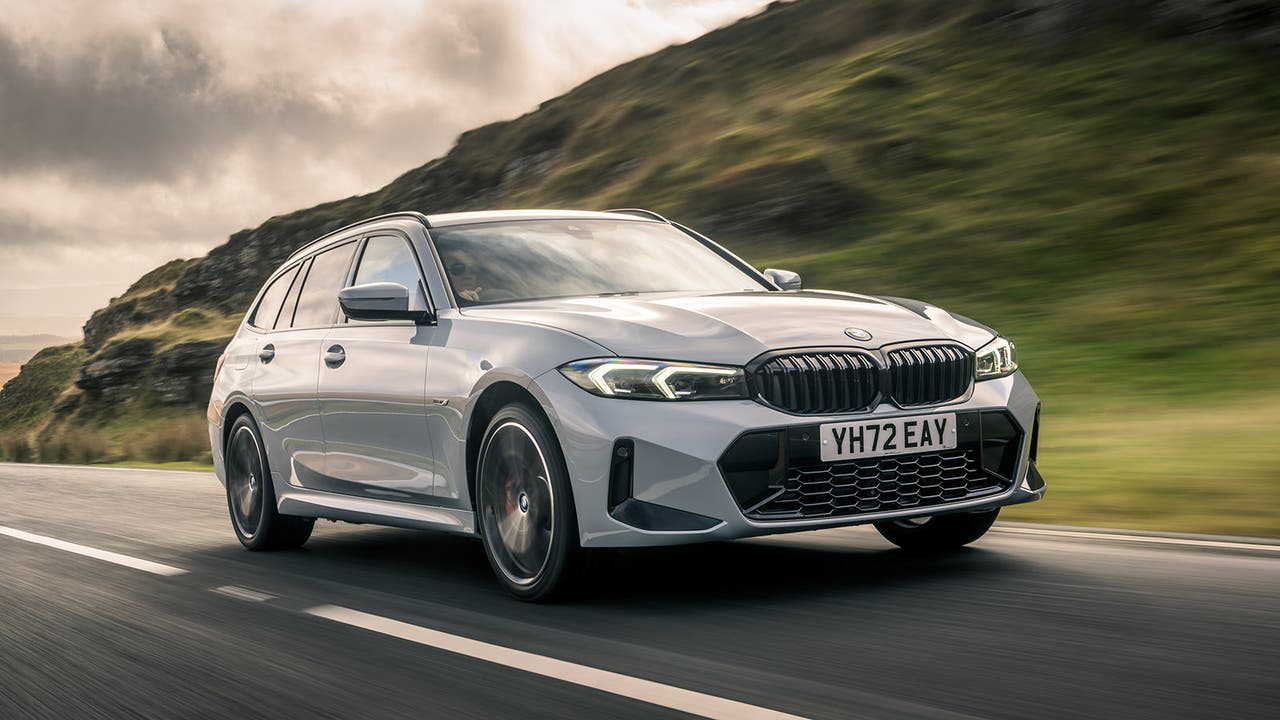
- Also called 'PHEVs'
- Popular models include the BMW 330e and Kia Sportage
- Can drive long distances – often 20 miles or more – on battery power
- Lets you use electricity for regular journeys like the commute or school run
- Mainly recharged by plugging in but they also capture energy when slowing down
- Automatic gearboxes only
- Great for buyers who can recharge at home or at work
Pros and cons of hybrid cars
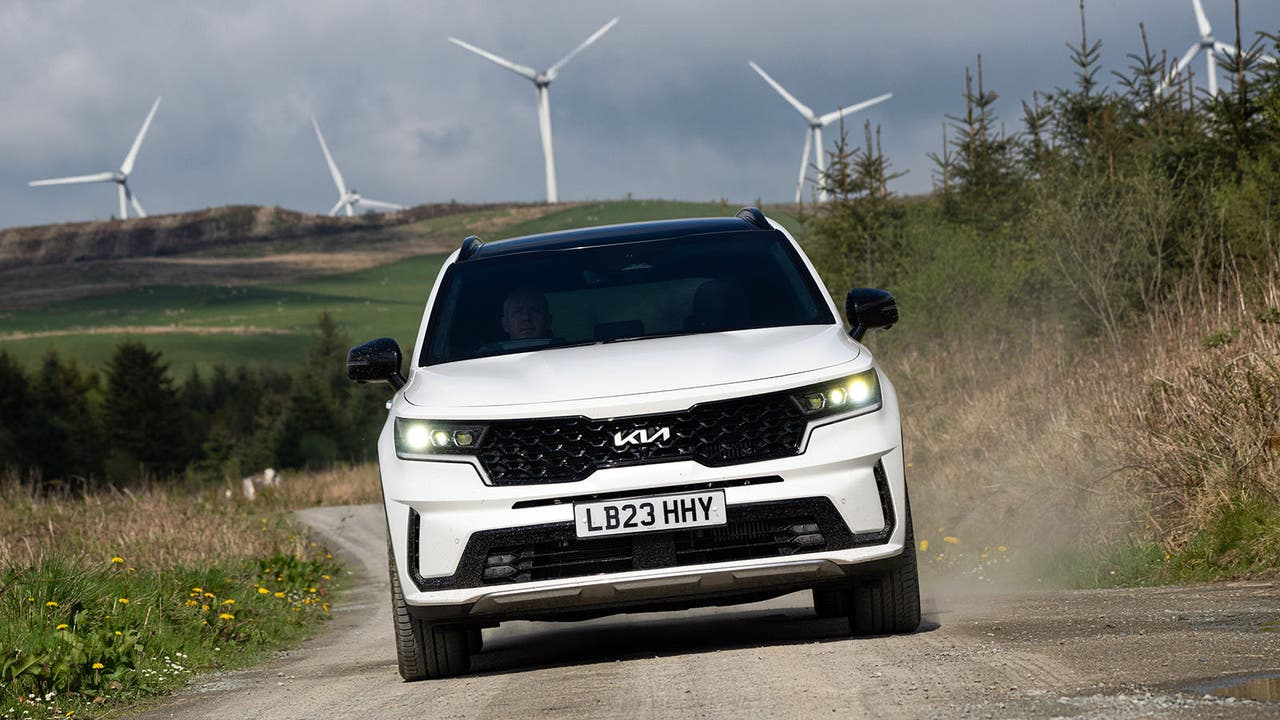
This table weighs up the benefits of hybrid cars, as well as their drawbacks.
| Pros of hybrid cars | Cons of hybrid cars |
|
|
Are hybrid cars worth it?

If you're wondering 'should I buy a hybrid?' – it's worth considering the type of driving you normally do. Lots of drivers cover a mix of urban environments with the occasional longer trip on faster roads and, in these cases, a hybrid might make a lot of sense. You'll save money as the hybrid system shares the load with your engine while pootling about town, while still having the flexibility to refuel and head off on a longer drive whenever you fancy.
Hybrids are also a great way to cut running costs if you don't have easy access to an EV charger. You still have a motor to zip you off the line without burning any dino juice, but needn't stress about the cost of public charging or the price of having a charge point installed at your home.
Drivers with high annual mileages and those who spend a lot of time on the motorway, however, might want to looks elsewhere. At sustained higher speeds, the hybrid system isn't really offering a lot of assistance and actually means the car has a little more weight to carry around. Drivers in this situation will probably be better served by choosing a long-range diesel car instead.
How long do the batteries last in a hybrid car?
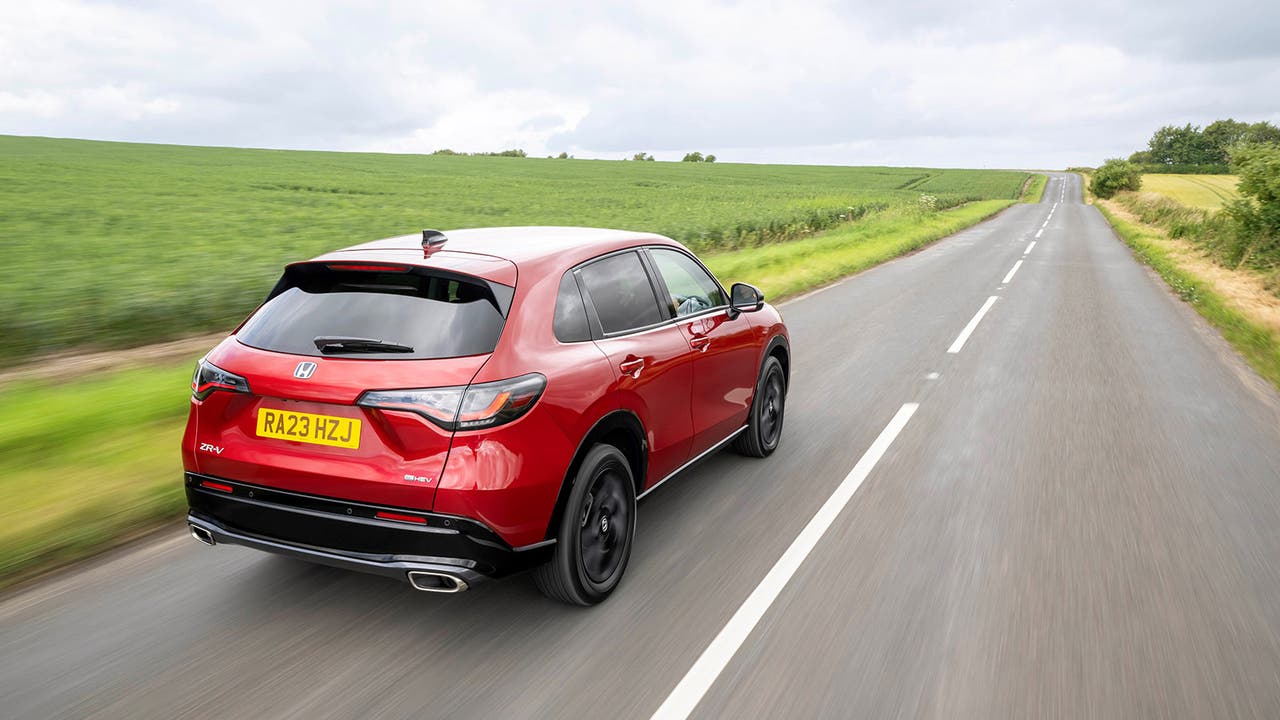
Manufacturers usually warranty their hybrid battery packs for between 80,000 and 100,000 miles, or around eight to 10 years of service. Many hybrid drivers have seen their batteries last substantially longer than that – just ask the legions of taxi drivers whizzing around in leggy Toyota Priuses – and keeping up with proper maintenance should see your hybrid system last the lifetime of your car.
Like a full EV, the best way to keep your hybrid battery in tip-top condition is to try to keep its charge somewhere in the middle. That means, unless it's absolutely necessary, you should avoid recharging all the way to 100% and avoid emptying it all the way down to 0%. Full and mild hybrids will normally work this out for you but, for plug-in hybrids, the car will usually let you select how much charge you'd like it to draw.
How much could a hybrid save you?
Check out a huge range of great-value used hybrid cars at Motorpoint. To narrow down your selection, take a look at our picks for the best hybrid hatchbacks.

